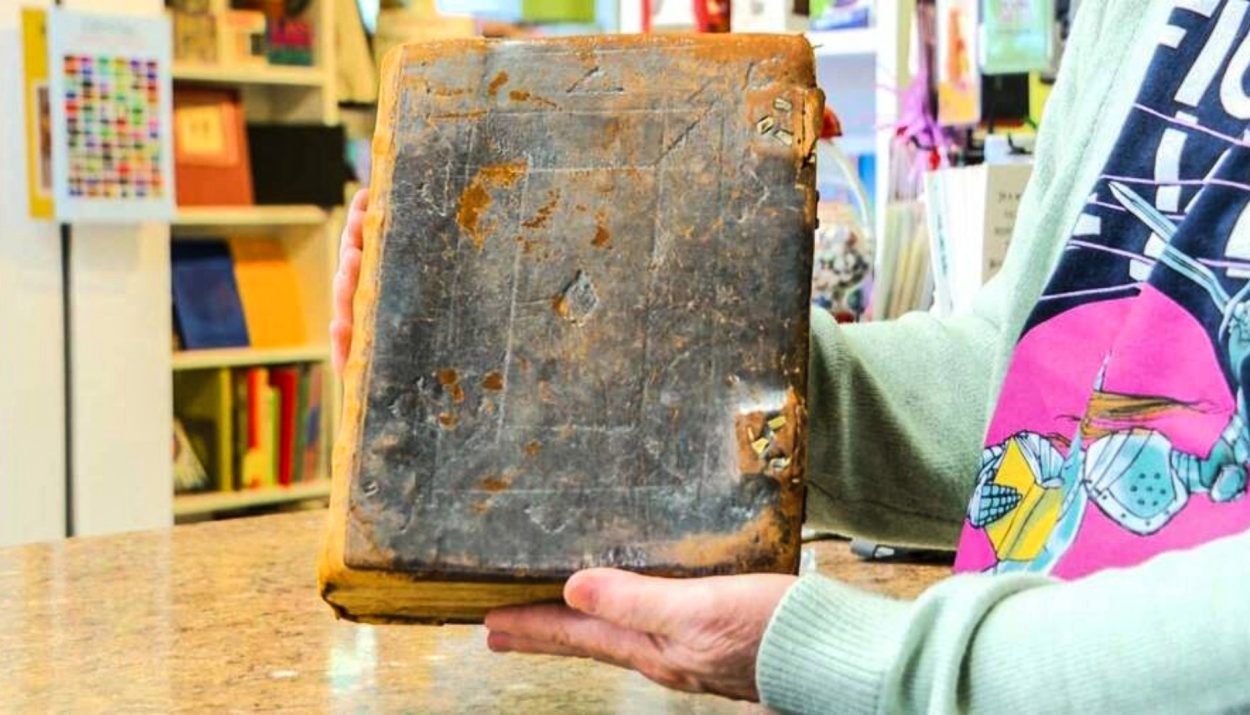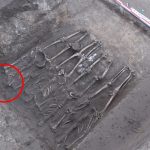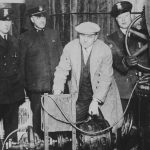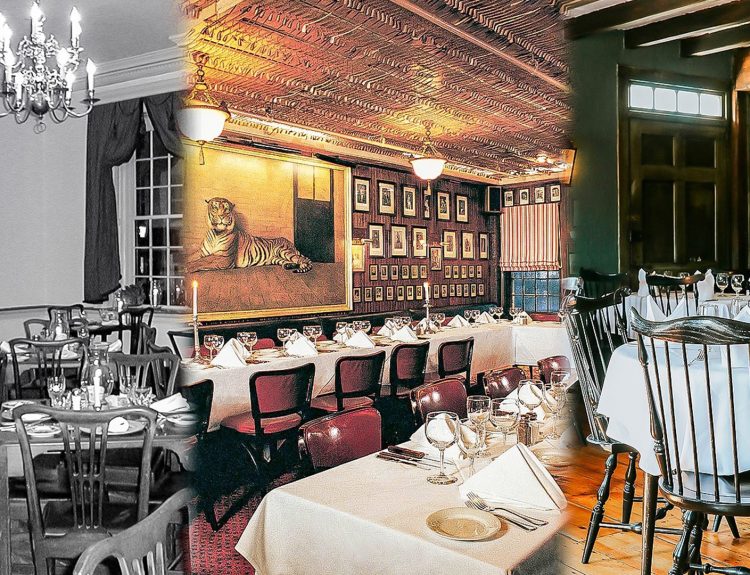Have you ever come across an object that is so fascinating and intriguing that you wish it could talk so it can tell its tale? I’m sure that’s how Kathy Magruder felt when she discovered an old Scottish Bible on a bookshelf in Iowa.
Magruder, the owner of Pageturner Books in Indianola, Iowa, is no stranger to old books, but the Scottish Bible, she quickly realized, was old. Quite old. So old, in fact, that it was printed some 70 years before the founding of the United States. That set her on a quest to find out how this book made it across the pond and into America’s heartland.
Iowa’s Immigrant Past
Indianola is located about 14 miles south of Des Moines, the capital and largest city in Iowa. It is a small city that is big on culture. It is home to the Des Moines Metro Opera and hosts the world-renowned American Summer Opera Festival every year. The city is also the site of the nine-day National Balloon Classic, a popular hot-air balloon event.

Indianola was established in 1849, just three years after Iowa was granted statehood. The city was officially incorporated in 1863. By the late 1800s, immigrants to the United States often settled in the fertile farmlands of the Midwest. Immigrants from the British Isles – England, Ireland, Wales, and Scotland – made up the large groups to settle in Iowa.
A Vast Collection of Donated Books
Fast forward to 2023. The local retirement home in Indianola, the Calvin Community retirement facility, housed a community library that had grown quite large. Most of the books had been donated to the retirement home by residents or community members. When the collection became too crowded, the staff called in an expert.
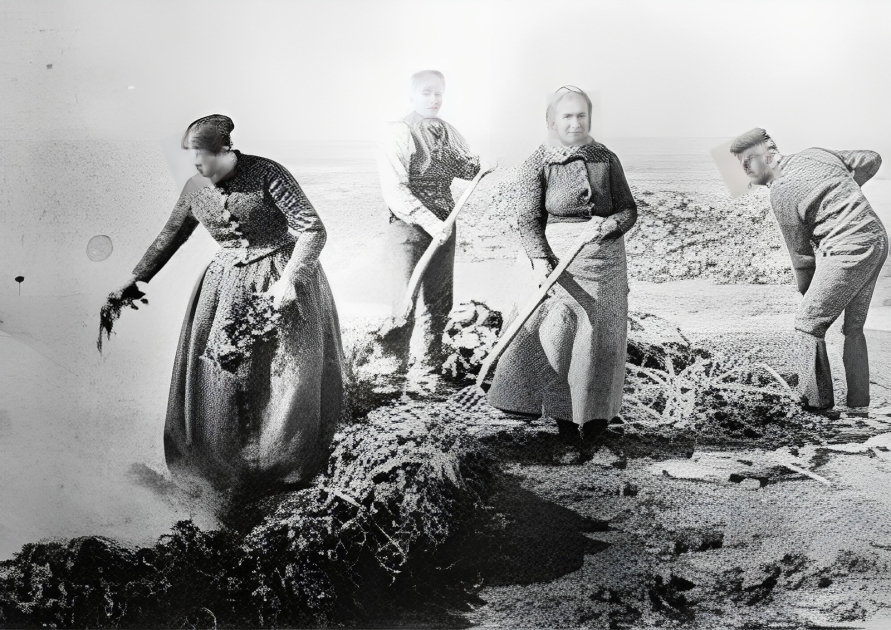
Because of her background with old books, the Calvin Community retirement home asked their local bookstore owner, Kathy Magruder, to stop by to assess the books. They were curious if any of the books were rare or valuable. They didn’t realize just how rare and valuable one particular book was.
A Remarkable Discovery
Magruder later explained that the collection of books at the retirement center did, as the staff suspected, include numerous old books. She pulled several of them from the shelves, intending to do further research on them. But then something else caught her attention.
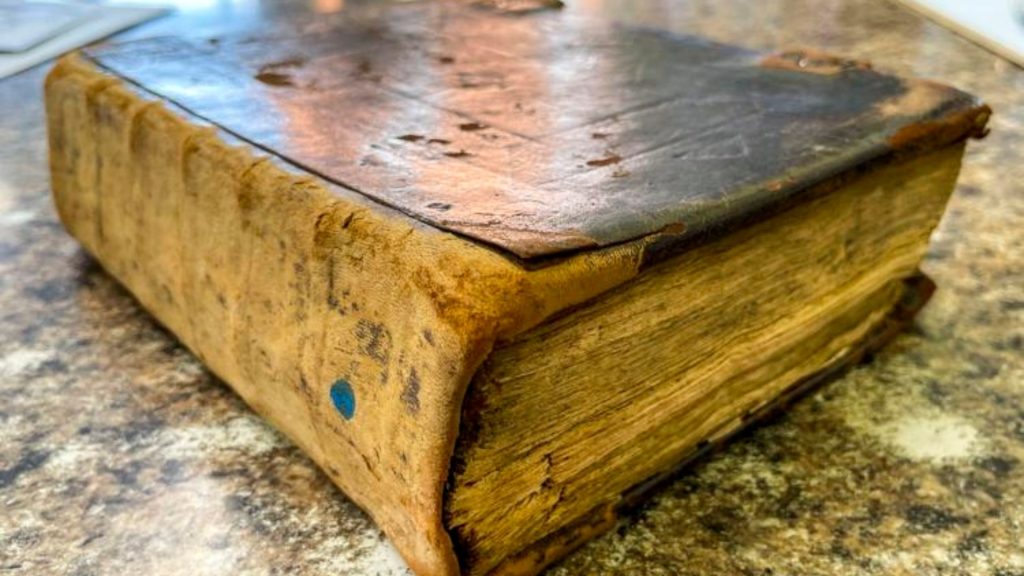
Magruder spotted an old, dusty, leather-bound book and knew it was a special find. Not only did it appear older than its shelf mates, but smelled different too. Ask any old book aficionado and they will explain the nuanced aromas of books. Book sniffing is a thing.
A Different Kind of Book
Aside from the smell of the book, Magruder noticed that the pages had a different feel to them. And there was a unique sound. As Magruder later explained, “When I opened it up, the pages made a noise when I turned them that’s different from new books.”

The sensory clues all pointed to the fact that this was a unique find … one that was worthy of more research. For a booklover like Magruder, it offered an exciting opportunity to dig into the past to find out all she could about this extraordinary book.
An Old Scottish Bible
An initial perusal of the book showed it to be a Bible with a print date of 1605 … though this, as we will soon see, was inaccurate. The Bible was printed in Selkirkshire, Scotland, and, Magruder learned, may have been illegally printed.
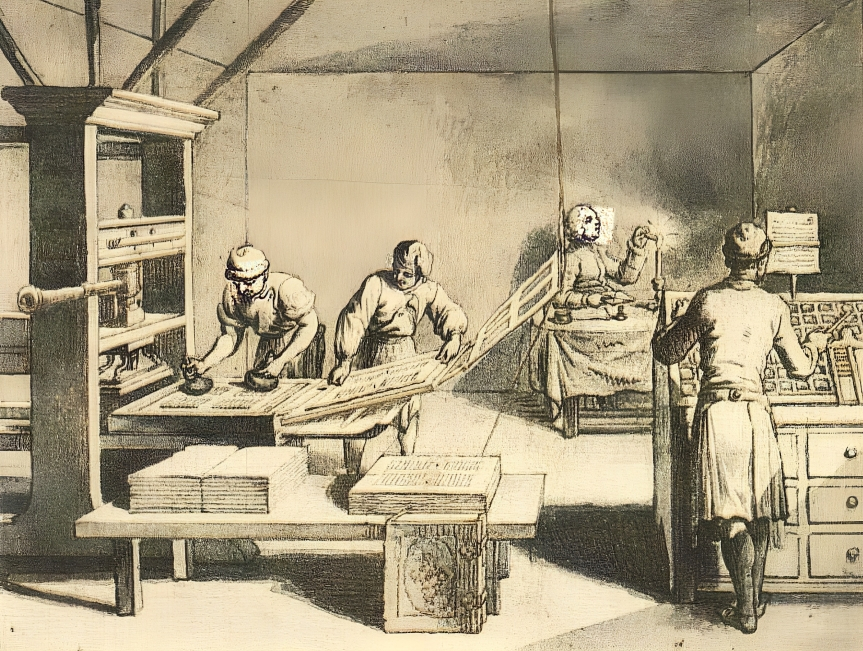
In those days, it was against the law for anyone to print Bibles in England without a special permitting license from the English crown. Printers caught publishing Bibles without a license could be punished by death.
An Ancient Typo
As Magruder researched the Bible further, she found that it was printed by a press company under the ownership of Andrew Anderson. Anderson’s father was a printer in Glasgow and Edinburgh and when Anderson took over the company in 1653, he moved it to London.

The timeline didn’t add up for Magruder. How could Anderson print a Bible in 1605 when he didn’t take over the company until 1653? So, she did what any savvy research of the modern era does … she took her question to Facebook. A rare book collection saw the post and gave Magruder her answer … that version of the Bible has a well-documented typo in the copyright information. Instead of the 1605 date in the book, the Bible was actually printed in 1705.
Maybe It Wasn’t Illegally Printed After All
An expert in antique book restoration came forward to inform Magruder that the phrase on the title page of the Bible, which reads “Cum Privilegio,” indicates that the printer did have permission from the British monarchy to print the religious work. “Cum Privilegio,” they explained, means “with permission.”
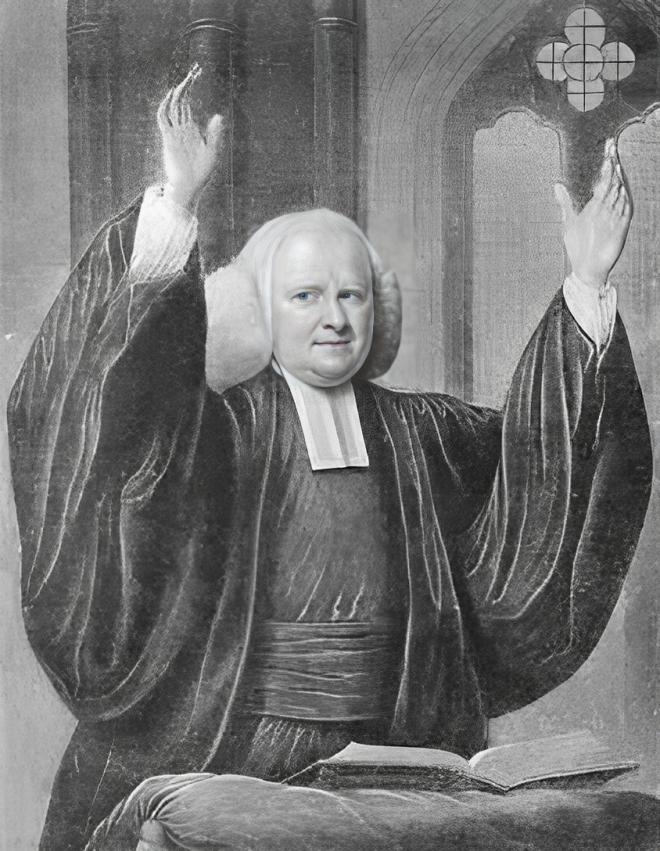
The expert further explained that Bibles had traditionally been printed in Latin, therefore only a few people on the British Isles – clergymen and academics – could read the scriptures. They could, therefore, filter and censor the religious information for the masses. But when printers started to print English language versions of Bibles, the crown had to take steps to make sure nothing heretical was published.
Who Did the Bible Belong To?
Luckily for Magruder, the old Scottish Bible had a hand-written family history tucked in its pages. The record included names, as well as dates of births, deaths, and marriages in the family. The first entry stated that James Burnet and Janet Scott were wed in 1761.

The record notes the births and marriages of the couple’s three daughters. Entries show that one of their daughters, Gideona, married Archibald Dunlap in 1798. They had nine children, the last born in 1814. After that, there are no more entries on the document.
A Mystery Remains
Nothing in the Bible nor on the hand-written family history indicated how the Bible made the journey from Scotland to Iowa. The Calvin Community retirement home has no record of who donated the Bible to their collection. This part of the book’s story remains a mystery.
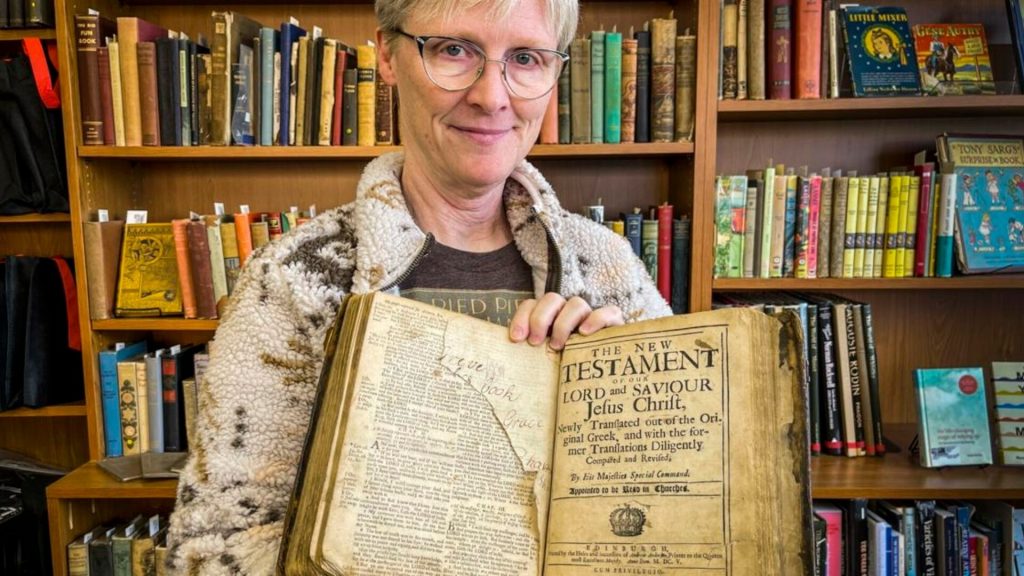
According to Magruder, the old Scottish Bible was sold to a local collector and remains in Indianola. She explained that this decision made her happy. The old, dusty Bible may have started its journey across the pond in Scotland, but it is now part of the history of Indianola, Iowa.

